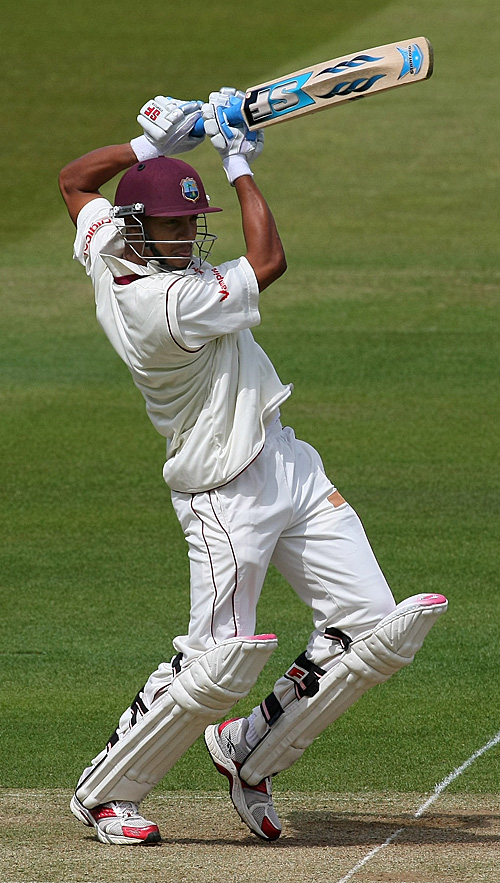The untimely death of Philip Hughes along with the recent Cricket World Cup and a relatively new British Standard for helmets has fuelled the debate for further research into the role of helmets. World-renowned expert on this subject Andrew McIntosh profiled these issues in a recent BMJ blog. He writes:
 “It became clear to me that whilst the original cricket helmet standards were not optimised for the intended function; they were a lot better than nothing. There were other issues with the adjustability of the face guard that exposed cricketers to facial impact risks and also ignored basic safety engineering practice. Cricketers could tilt the face guard down and create gaps large enough for cricket balls to penetrate leading to facial and ocular injury. David Janda and I assessed the performance of a selection of cricket helmets in 2001 using what we considered to be realistic and reliable projectile tests and compared these to other helmets (published in BJSM in 2003)… We concluded that projectile tests in which a ball is fired at the helmet and face guard would be a more realistic assessment of the helmet performance, than simple drop tests. We also identified the type of information required to set the performance requirements. I won’t say that the cricket world at that time was particularly receptive to various proposals to progress those ideas…”
“It became clear to me that whilst the original cricket helmet standards were not optimised for the intended function; they were a lot better than nothing. There were other issues with the adjustability of the face guard that exposed cricketers to facial impact risks and also ignored basic safety engineering practice. Cricketers could tilt the face guard down and create gaps large enough for cricket balls to penetrate leading to facial and ocular injury. David Janda and I assessed the performance of a selection of cricket helmets in 2001 using what we considered to be realistic and reliable projectile tests and compared these to other helmets (published in BJSM in 2003)… We concluded that projectile tests in which a ball is fired at the helmet and face guard would be a more realistic assessment of the helmet performance, than simple drop tests. We also identified the type of information required to set the performance requirements. I won’t say that the cricket world at that time was particularly receptive to various proposals to progress those ideas…”
Read full blog HERE
Evidence informed best practice for athlete safety is of the utmost priority for BJSM. Thus, below we highlight a number of BJSM publications that contribute to the discussion of cricket helmets and player safety.
Reduction in injury for the junior athlete
In cricket, contrasting to some other sports where outcomes are ambiguous, the evidence clearly demonstrates a significant reduction in head/neck/facial injuries amongst junior cricketers following the introduction and compulsory use of headgear whilst batting. Caroline Finch’s group in NSW demonstrates the importance of enforcing this safety feature in this BJSM article here.
High-stake factors to consider for the professional athlete
The potential safety benefits of helmets in junior athletes are encouraging. However, the nature of the professional game where batters are often confronted by a ball travelling at over 140km/h means that safety at this level of the game is very much a different kettle-of-fish, and that helmets must be significantly robust to protect the athletes. In this article, Craig Ranson and colleagues reviewed video footage of over 30 head injuries sustained whilst wearing a helmet and worryingly concluded that significant head and facial injuries occur in cricket batters despite wearing of helmets and that helmet design and safety standards should be improved to provide increased protection.
Whilst improving safety standards is one part of the jigsaw, getting buy-in from the players is just as important. Again, Craig Ranson and Mark Young further highlight the issue with adjustable faceguards and how the peak-faceguard gap on most helmets can be adjusted to greater than ball diameter, whilst their fairly flexible nature can also allow the ball to funnel on to the face. They provide an insight into the ECB’s player education programme, and how by focusing on the #BrightSpots and the potential consequence of letting the team down (severe facial injury ≠ effective performance!), getting player buy-in can be made easier.
Where do we go from here?
In the BMJ blog, McIntosh states the next steps needed to improve on the encouraging British standards.
- “Mandate helmet use in cricket rules to the best standard;
- Ensure that ongoing claims of compliance are backed up by routine batch testing and third party certification bodies;
- Run formal epidemiological studies, but supported by sports science, ergonomic, and biomechanical studies that will assist in the interpretation of the results;
- Start the plans for the next revision to the standard.”
A constant revision of the British Standard is unquestionably a step in the right direction, and these well-thought proposed steps not only provide a sensible approach to optimising player safety, but also an example of how cricket can (and to some extent is) leading the way in confronting some of the safety issues in their sport in order to ensure the health and wellbeing of their athletes. One death occurring on the field of play is one death too many, and it is encouraging to see a collaborative and multi-disciplinary approach to ensure that any sport-related tragedies are consigned to the past.